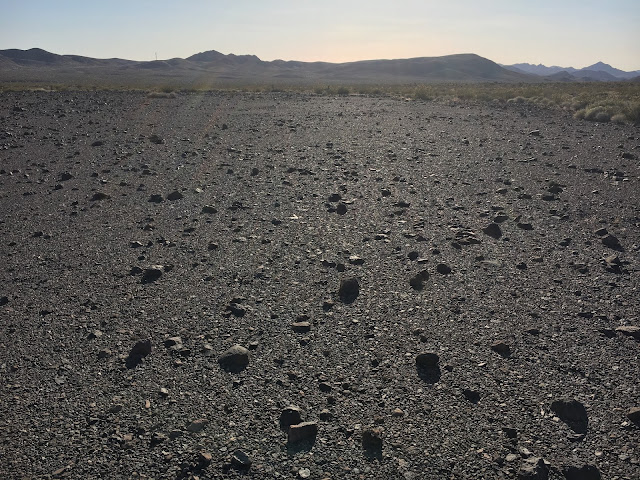19 freshly deployed stations!

All 19 of our stations are now deployed. The UT undergrads have done amazing work. This was by far the hardest deployment I've ever done. We stressed hard rock sites in a linear array and those limitations forced our final deployment to be placed along a busy freeway (I-40) in wilderness lands. This meant that most of the stations required hiking in the ~50lbs station packs plus personal equipment and digging tools ~1-3.5km over frequently rough terrain. The stations were also constrained by permits from the Bureau of Land Management which forced us to deploy within handheld GPS accuracy (~15m) so that we would avoid desert tortoise burrows. I definitely feel like this will be one of those experiences that myself and the undergrads will look back on as a time we tested and pushed our personal limits. Now I'm excited for the data to start rolling in as these sites should be some of the quietest sites ever deployed in a passive, temporary array. Classic desert flower. ...




